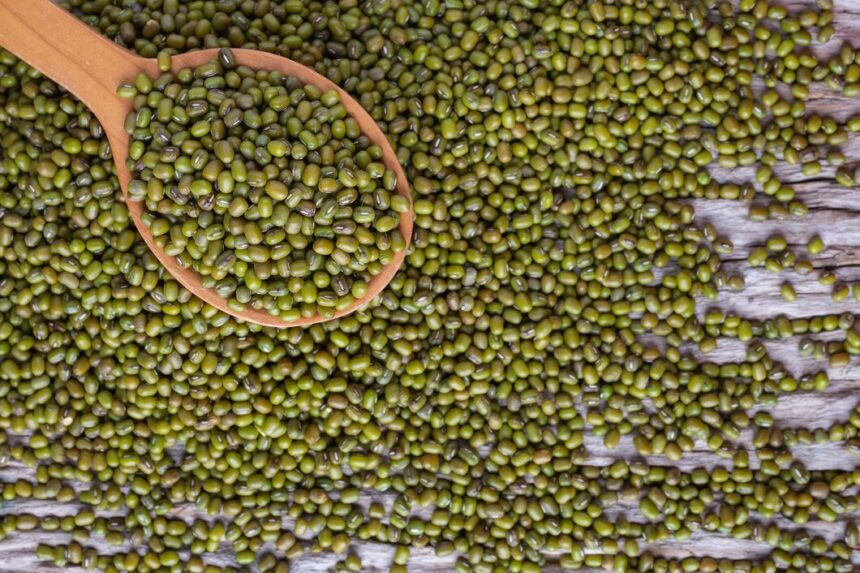Mung beans, also known as green gram or moong bean, are nutritious legumes that play a vital role in South Africa’s agricultural landscape. With their high protein content, versatility in culinary applications, and adaptability to diverse growing conditions, mung beans offer significant potential for both small-scale and commercial farming operations. However, maximizing the quality and yield of mung beans requires careful attention to agronomic practices and management techniques. Here are several techniques for enhancing the quality and yield of mung beans in South Africa:
- Selecting Quality Seeds: Start with high-quality seeds from reputable suppliers to ensure uniform germination, vigor, and crop performance. Choose varieties that are well-suited to local growing conditions and have desirable traits such as disease resistance and high yield potential.
- Optimizing Planting Time: Plant mung beans during the optimal planting window for your region, taking into account factors such as temperature, rainfall patterns, and soil moisture levels. Early planting can help avoid exposure to high temperatures and drought stress during critical growth stages.
- Soil Preparation and Fertility Management: Prepare the soil thoroughly by plowing, harrowing, or using conservation tillage practices to create a suitable seedbed. Conduct soil tests to determine nutrient levels and pH, and apply appropriate fertilizers or soil amendments to optimize soil fertility and nutrient availability for mung bean growth.
- Proper Spacing and Planting Density: Plant mung beans at the recommended spacing and planting density to optimize light interception, airflow, and resource utilization. Adequate spacing between plants reduces competition for nutrients and minimizes the risk of disease spread.
- Water Management: Implement efficient irrigation practices to ensure adequate moisture supply throughout the growing season, especially during flowering and pod development stages. Monitor soil moisture levels regularly and adjust irrigation scheduling based on weather conditions and crop water requirements.
- Weed Control: Control weeds effectively through a combination of cultural, mechanical, and chemical weed management practices. Weed competition can significantly reduce mung bean yield and quality, so timely and thorough weed control is essential.
- Pest and Disease Management: Monitor mung bean crops regularly for signs of pests and diseases, such as aphids, pod borers, powdery mildew, and bacterial blight. Implement integrated pest management (IPM) strategies, including biological control, crop rotation, and judicious use of pesticides, to minimize damage and protect crop health.
- Support Structures: Provide support structures such as trellises or stakes for mung bean plants, especially for vining varieties, to improve air circulation, reduce lodging, and facilitate easier harvesting.
- Harvesting at Optimal Maturity: Harvest mung beans at the optimal maturity stage to maximize yield and quality. Monitor pod development and wait until pods are fully filled and mature before harvesting to ensure maximum seed size, weight, and nutritional value.
- Post-Harvest Handling and Storage: Handle harvested mung beans carefully to minimize damage and maintain seed quality. Proper drying, cleaning, and storage conditions are essential to prevent moisture buildup, mold growth, and insect infestations during storage.
By implementing these techniques, South African farmers can enhance the quality and yield of mung beans, contributing to increased productivity, profitability, and food security. Continuous learning, adaptation to local conditions, and adoption of best management practices are key to achieving sustainable mung bean production in South Africa.
Join 'Farmers Mag' WhatsApp Channel
Get the latest Farming news and tips delivered straight to your WhatsApp
CLICK HERE TO JOIN






